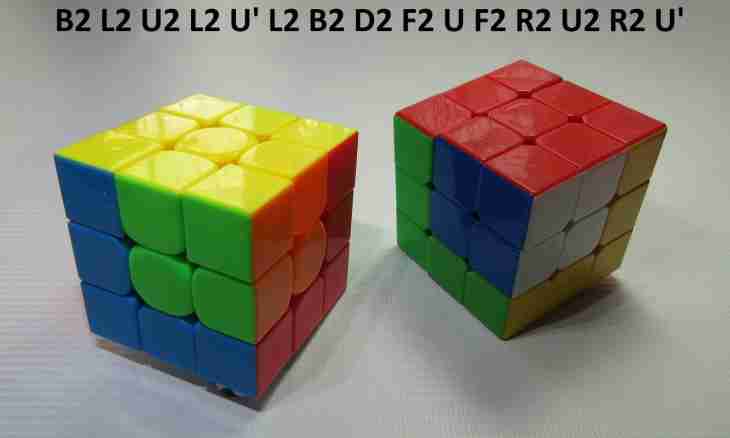The cube is a polyhedron of the correct form with the sides, identical in a form and the sizes, representing squares. From this follows that both for its construction, and for calculations of all connected parameters the nobility only one size is enough. On it it is possible to find the volume, the area of each side, the area of all surface, diagonal length, length of an edge or the sum of lengths of all edges of a cube.
Instruction
1. Count the number of edges cubed. At this volume figure six sides that defines other its name - the correct hexahedron (hexa means "six"). The figure from six square sides can have only twelve edges. As all sides are squares, identical by the sizes, and lengths of all edges are equal. Means to finding of total length of all edges, it is necessary to learn length of one edge and to increase it by twelve times.
2. Multiply length of one edge of a cube (A) by twelve to calculate length of all edges of a cube (L): L=12∗A. It is the simplest of possible ways of determination of total length of edges of the correct hexahedron.
3. If length of one edge of a cube is not known, but there is an area of its surface (S), then length of one edge can be expressed as a square root from the one sixth part of surface area. For finding of length of all edges (L) the size received in such a way should be increased by twelve times, and it means that in a general view the formula will look so: L=12 ∗√ (S/6).
4. If the volume of a cube (V) is known, then length of one its side can be determined as a cubic root from this known size. Then length of all sides (L) correct tetrahedron will be made by twelve cubic roots of the known volume: L=12 ∗³ √ V.
5. If length of diagonal of a cube (D) is known, then for finding of one edge it is value it is necessary to divide into a square root from three. Length of all edges (L) in this case can be calculated as the work of number twelve on private from division of length of diagonal into a root from three: L=12∗D / √ 3.
6. If length of radius of the sphere (r) entered in a cube is known, then length of one side will be equal to a half of this size, and the total length of all edges (L) - this size increased six times: L=6∗r.
7. If length of radius of not entered, and described sphere (R) is known, then length of one edge will be defined as private from division of the doubled radius length into a square root from the three. Then length of all edges (L) will be equal to twenty four lengths of radius divided into a root from three: L=24∗R / √ 3.

